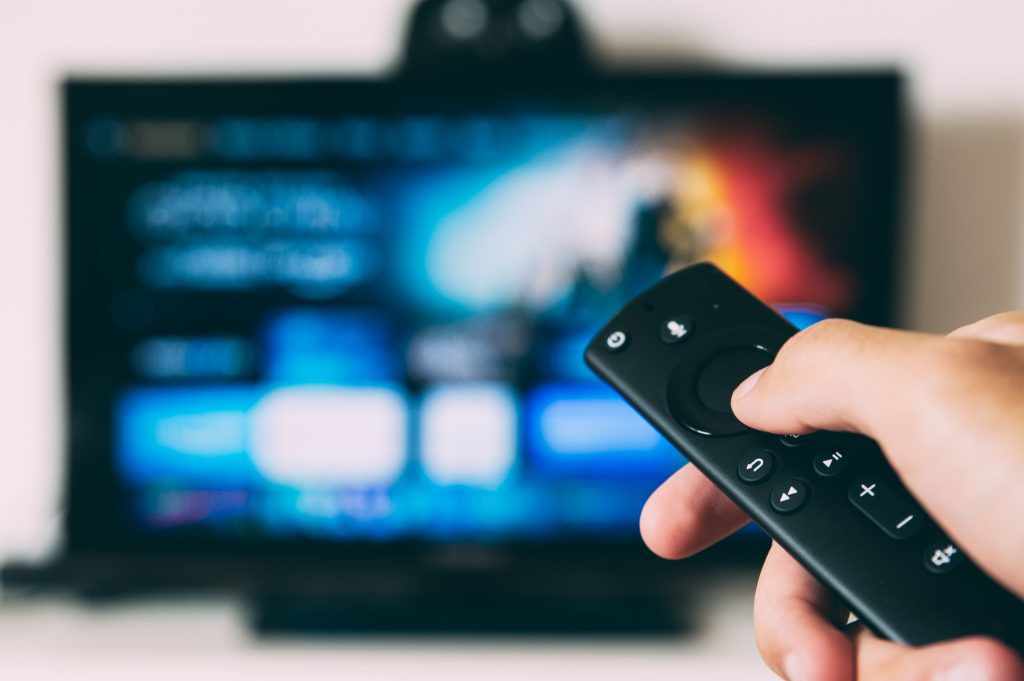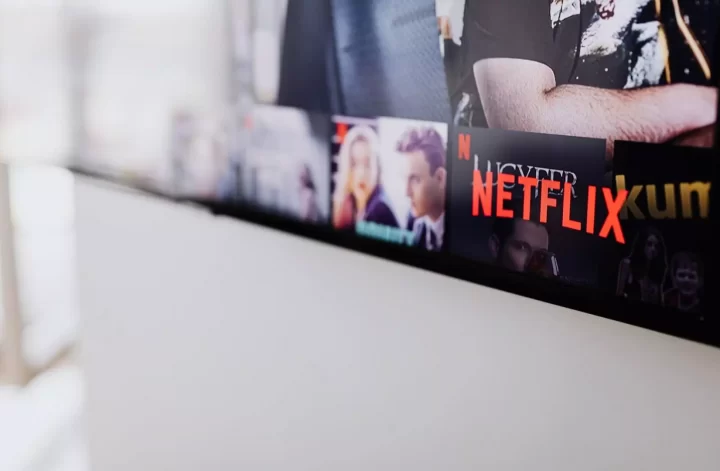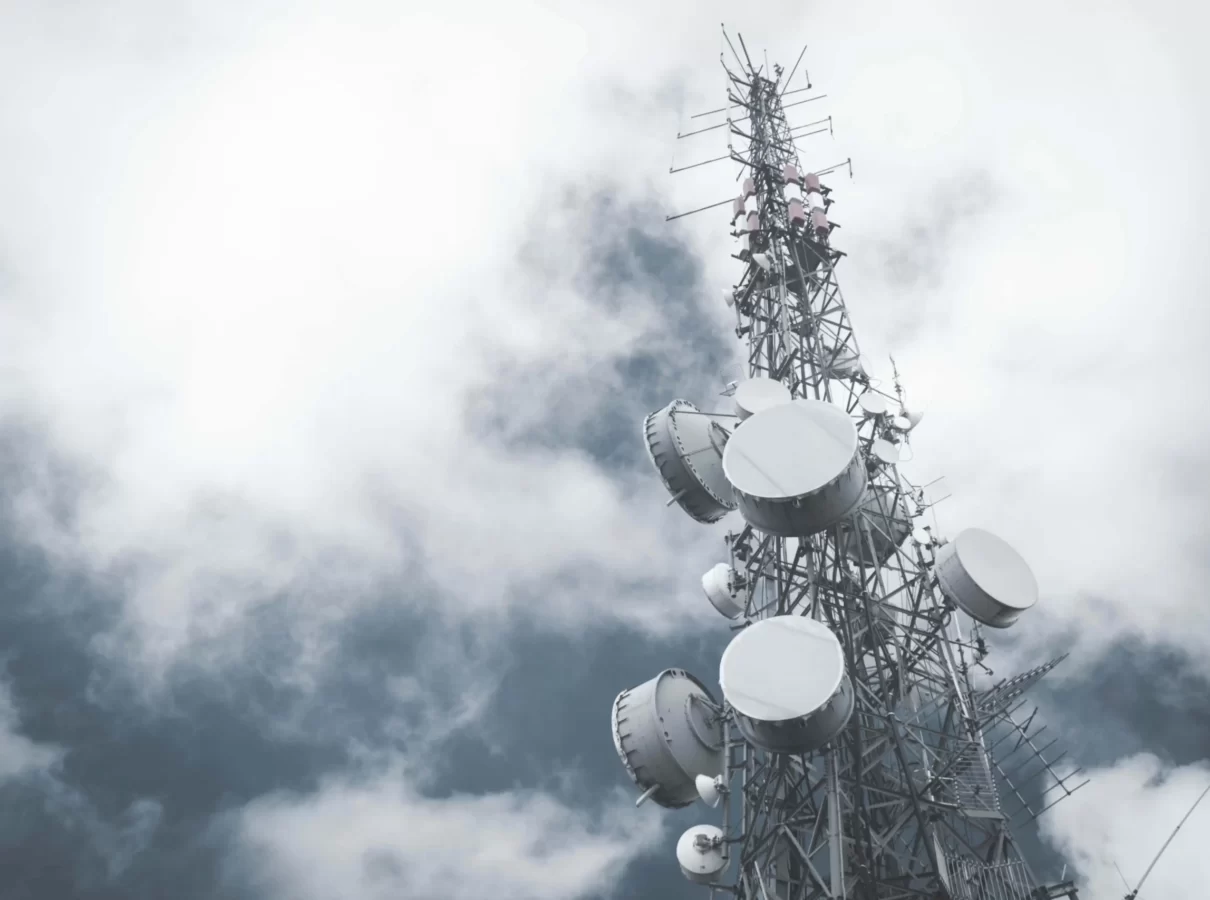Although Turkey joined the competition in television and radio broadcasting later and remained in place for a long time due to legal regulations, it has had a very fast period in terms of both technological and content development, especially since the 90s.
The fact that terrestrial analog television broadcasting has a usage rate in the range of 1% to 2% today shows us that the transition to digital television broadcasting has now taken place completely. Considering the speed and current usage rates in the process of establishing DVB-S/S2 standards, we can say that Turkey is mostly successful in the follow-up of broadcasting technologies. The rapid adaptation to these new technologies on the end-user side has resulted in many of the local broadcasters no longer being present in the industry due to high DVB costs and a decrease in the number of spectators following terrestrial analogue broadcasting.

But we are at the beginning of a transformation that is many times faster and different than this rapid transformation that has taken place since the 90s. With the incredible progress in information technologies, the form and method of publishing is also changing. Traditional radio and television broadcasting has a big test ahead of it. This exam is about a major transformation in both content and technology. The decline in the costs of accessing broadband internet and the difference in the consumption habits of the new generation have begun to take traditional broadcasting to another dimension. The new generation that has grown up is now more willing and selective to consume the content they will consume whenever and wherever they want. Concepts such as OTT, VoD, IPTV are now being pronounced louder and these technologies are receiving more investment. Everywhere with an internet connection is now a target of publishing. It needs neither a satellite dish nor a receiver. Also the cost of installation. As such, both advertisers and target groups are starting to meet in new media. Companies like Netflix, Hulu, Blu TV, etc. are showing the new route of traditional broadcasting.
“In Turkey, DAB in radio broadcasting and DVB-T/T2 train in television broadcasting were too late. There are many reasons for this. I do not intend to examine them here.”
Thanks to the new media, the consumer, who has the comfort of watching the content he wants from city council meetings to award-winning movies and series, where and when he wants, does not want to give up on this. The state also became aware of this and felt the need to make a new regulation by adding Article 6112/a in addition to Article 29 of Law No. 29. Although this is a censorship practice by some circles, it is now an important data in terms of understanding that new media has reached a number of consumers to attract attention. Especially in the US, there is a great deal of debate about net neutrality. The evolution of technology makes it difficult for governments to oversee publishing.

Thanks to the new media, the consumer, who has the comfort of watching the content he wants from city council meetings to award-winning movies and series, where and when he wants, does not want to give up on this. The state also became aware of this and felt the need to make a new regulation by adding Article 6112/a in addition to Article 29 of Law No. 29. Although this is a censorship practice by some circles, it is now an important data in terms of understanding that new media has reached a number of consumers to attract attention. Especially in the US, there is a great deal of debate about net neutrality. The evolution of technology makes it difficult for governments to oversee publishing.
Now the competition includes the neighbor’s little boy, Uncle or your cousin.
